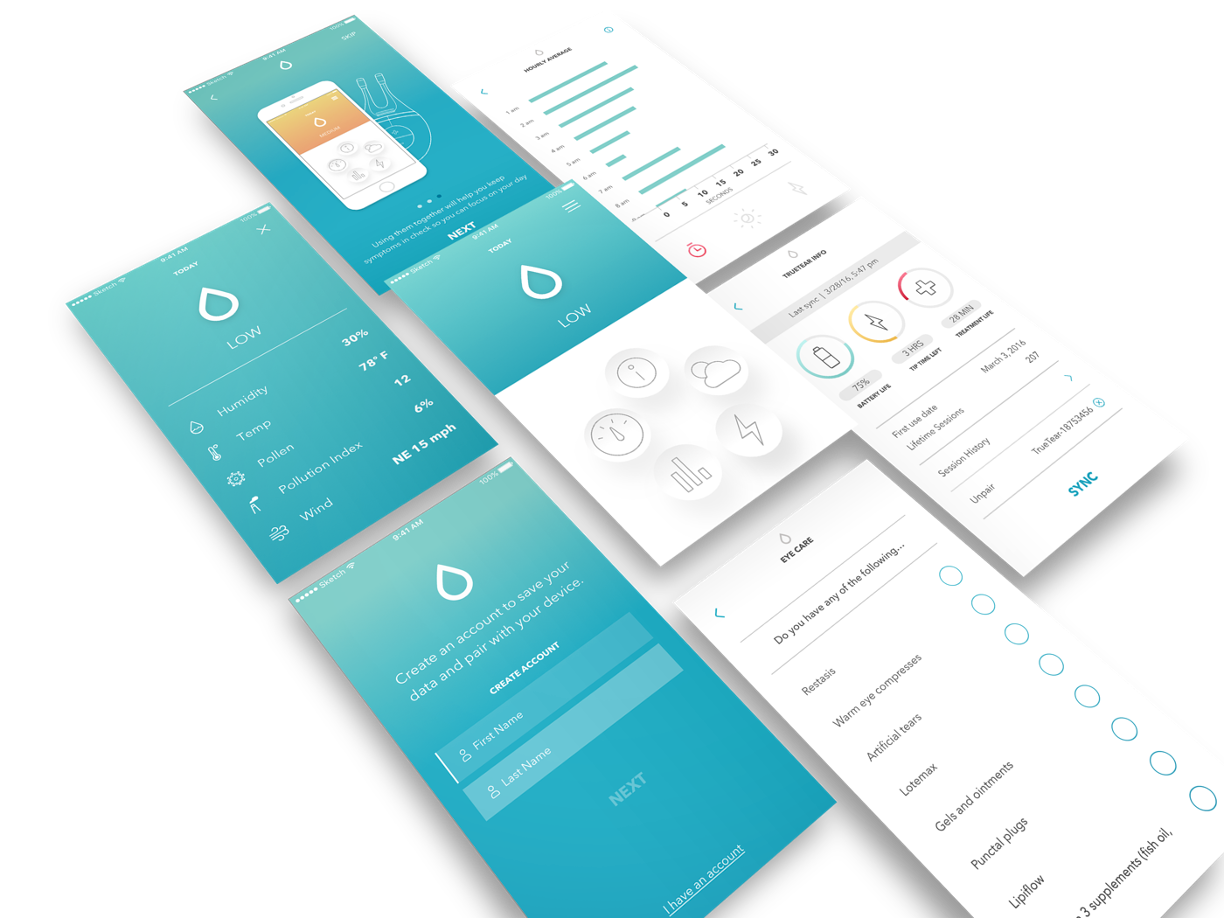Case Study 1
Screening Diagnostic for Infant Jaundice
Orthogonal led design, human factors and development for our client, a large tech company. This AI-based screening tool empowered parents to directly test their infants for jaundice. Using the proprietary patterned card with a square hole in the middle, parents could take a photo and feed it to an algorithm that detected if jaundice was present or not.
Combining user experience design and Agile development, the system was designed with guiding illustrations and user tested with both parents and clinicians with a coded prototype and a manikin.

Case Study 2
Cancer Patient Management Platform
Orthogonal led research with a team of cancer clinic practitioners in four hospitals to produce user research and detailed user flows for all clinical users of the patient management platform.
Due to the extensive amount of information that must be managed by the user, comprehensive screen and information architectures were produced to ensure that all key notifications, patient data and system functions were accessible and intelligible. Utilizing our client’s brand guidelines as a starting point, a style sheet and screens were designed that expanded on that framework for a responsive web app. Assets were delivered via a UI development toolkit.

Case Study 3
Allergan TrueTear
Allergan TrueTear comprises a BLE-enabled nerve stimulation device, mobile companion app and cloud back end. It uses device data, smartphone location data, weather and pollution data feeds as inputs to an algorithm that provides personalized dry eye forecasts to the end user. As a Class II Nerve Stimulation Device (externally applied by patients), De Novo was granted in 2018.
Following Orthogonal’s Agile UX process, clear and complete user flows were defined to ensure users could seamlessly achieve key goals. Screens were iterated to achieve an intuitive user experience and commercial quality look.

Design for Appeal
Taking a rapid, iterative approach to UX.
Designing a great user experience is key to making Software as a Medical Device (SaMD), Digital Therapeutics (DTx) and connected medical device systems not only safe and usable but also appealing in the marketplace. Orthogonal pioneered a rapid, iterative approach to design where design artifacts are tested early in the project lifecycle. For example, wireframes and clickable prototypes are vetted early with users and developers to ensure the screen flows are intuitive and support the requirements of the underlying technology. Likewise, visual designs are vetted for not only aesthetic appeal but also for how well they enhance the usability of the product.

UX Best Practices
Orthogonal’s best practices for designing and developing consumer-facing medical device solutions include:
- Designing to accommodate the lowest technical common denominator. Consumers may or may not have reliable, secure Wi-Fi networks or high-speed cellular connectivity.
- Focusing on getting the most important, most frequent interactions simple and straightforward while making it easy to quickly get at other features that enable less frequent goals
- Using informal Three User Thursday style testing to verify and improve all aspects of the design early on, including feature selection, workflows, UX design and visual design.
- Achieving high usability for technically constrained workflows (such as establishing and managing Bluetooth connections) by vetting all flows with users, device engineers and software developers.
